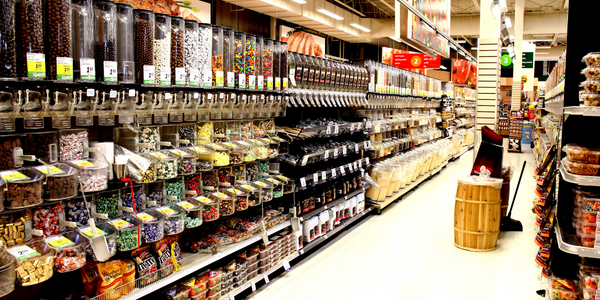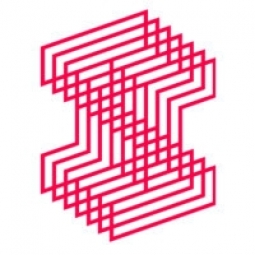Technology Category
- Sensors - GPS
Applicable Industries
- Retail
Applicable Functions
- Procurement
Use Cases
- Counterfeit Product Identification
- Indoor Positioning Systems
About The Customer
The customer in this case study is Adidas, a multinational corporation that designs and manufactures shoes, clothing, and accessories. Headquartered in Herzogenaurach, Germany, Adidas is the largest sportswear manufacturer in Europe and the second-largest in the world. The company is a significant player in the football industry, sponsoring numerous players and teams worldwide. Adidas is known for its commitment to innovation and quality, and it continually seeks to strengthen its brand positioning and deepen its engagement with its global audience.
The Challenge
The world of football is riddled with inauthenticity, from fake influencer bots to counterfeit products and pretentious players. This situation was negatively impacting the perception of the sport and the products associated with it. Adidas, a leading brand in the football industry, was looking to launch its new 'Exhibit pack' of football boots. The challenge was to position Adidas as a brand for genuine creators in a market saturated with fakes and to encourage its footballing audience to embrace creativity and substance over style. The company needed a provocative campaign that would not only call out the fakers but also celebrate those who bring authenticity to the game.
The Solution
Adidas, in collaboration with its media agency, launched an integrated global campaign titled 'No Fakers. Creators Only.' The campaign was designed to be highly provocative, calling out the fakers and encouraging Adidas' footballing audience to #DareToCreate. The campaign recruited star Adidas players like Leo Messi, Paul Pogba, Paulo Dybala, and Gabriel Jesus to highlight the kind of fakery that is spoiling the game. US rapper A$AP Ferg was also brought on board to voice the campaign. The campaign was rolled out on social media and Adidas' website, and activated across Out-Of-Home (OOH) and retail locations globally. A sophisticated content strategy was built to bring the audience closer to Adidas and lead them to purchase. The campaign also made nimble and reactive use of paid media to ensure budget efficiency, and influencers were harnessed to guide the audience through the journey to purchase at the right times.
Operational Impact

Case Study missing?
Start adding your own!
Register with your work email and create a new case study profile for your business.
Related Case Studies.

Case Study
Improving Production Line Efficiency with Ethernet Micro RTU Controller
Moxa was asked to provide a connectivity solution for one of the world's leading cosmetics companies. This multinational corporation, with retail presence in 130 countries, 23 global braches, and over 66,000 employees, sought to improve the efficiency of their production process by migrating from manual monitoring to an automatic productivity monitoring system. The production line was being monitored by ABB Real-TPI, a factory information system that offers data collection and analysis to improve plant efficiency. Due to software limitations, the customer needed an OPC server and a corresponding I/O solution to collect data from additional sensor devices for the Real-TPI system. The goal is to enable the factory information system to more thoroughly collect data from every corner of the production line. This will improve its ability to measure Overall Equipment Effectiveness (OEE) and translate into increased production efficiencies. System Requirements • Instant status updates while still consuming minimal bandwidth to relieve strain on limited factory networks • Interoperable with ABB Real-TPI • Small form factor appropriate for deployment where space is scarce • Remote software management and configuration to simplify operations

Case Study
Digital Retail Security Solutions
Sennco wanted to help its retail customers increase sales and profits by developing an innovative alarm system as opposed to conventional connected alarms that are permanently tethered to display products. These traditional security systems were cumbersome and intrusive to the customer shopping experience. Additionally, they provided no useful data or analytics.

Case Study
How Sirqul’s IoT Platform is Crafting Carrefour’s New In-Store Experiences
Carrefour Taiwan’s goal is to be completely digital by end of 2018. Out-dated manual methods for analysis and assumptions limited Carrefour’s ability to change the customer experience and were void of real-time decision-making capabilities. Rather than relying solely on sales data, assumptions, and disparate systems, Carrefour Taiwan’s CEO led an initiative to find a connected IoT solution that could give the team the ability to make real-time changes and more informed decisions. Prior to implementing, Carrefour struggled to address their conversion rates and did not have the proper insights into the customer decision-making process nor how to make an immediate impact without losing customer confidence.

Case Study
Ensures Cold Milk in Your Supermarket
As of 2014, AK-Centralen has over 1,500 Danish supermarkets equipped, and utilizes 16 operators, and is open 24 hours a day, 365 days a year. AK-Centralen needed the ability to monitor the cooling alarms from around the country, 24 hours a day, 365 days a year. Each and every time the door to a milk cooler or a freezer does not close properly, an alarm goes off on a computer screen in a control building in southwestern Odense. This type of alarm will go off approximately 140,000 times per year, equating to roughly 400 alarms in a 24-hour period. Should an alarm go off, then there is only a limited amount of time to act before dairy products or frozen pizza must be disposed of, and this type of waste can quickly start to cost a supermarket a great deal of money.

Case Study
Supermarket Energy Savings
The client had previously deployed a one-meter-per-store monitoring program. Given the manner in which energy consumption changes with external temperature, hour of the day, day of week and month of year, a single meter solution lacked the ability to detect the difference between a true problem and a changing store environment. Most importantly, a single meter solution could never identify root cause of energy consumption changes. This approach never reduced the number of truck-rolls or man-hours required to find and resolve issues.








